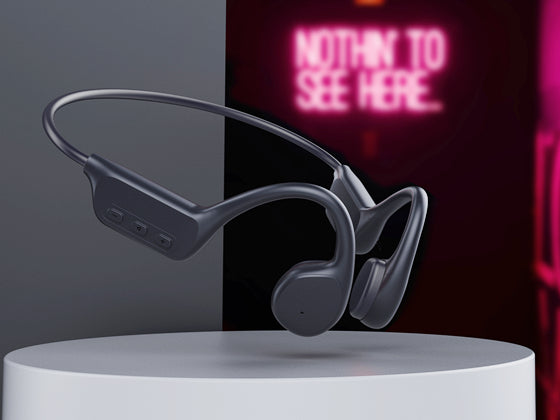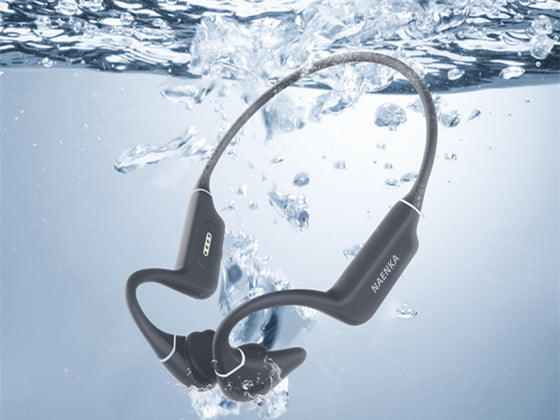Cycling to your favorite music can be an exhilarating experience, but safety concerns have led to debates among biking enthusiasts and safety experts. Traditional headphones pose risks by blocking ambient noise, reducing awareness of surroundings. In this article, we explore the safety risks of listening to music while cycling and introduce a revolutionary solution – bone conduction headphones.
The Risks of Listening to Music While Biking:
Cyclists must maintain awareness of their surroundings, especially in traffic or on busy trails. Traditional headphones can obstruct sounds critical for safety. Studies indicate that cycling with in-earbuds reduces sensory awareness, and distractions from music may lead to inattentional blindness.
The Solution: Bone Conduction Headphones:
Bone conduction headphones present an innovative solution by transmitting sound through the bones of the skull, leaving ear canals open. This design ensures cyclists can enjoy music while remaining aware of ambient noises, enhancing safety during rides.
Advantages of Bone Conduction Headphones for Bikers:
-
Situational Awareness: Open ear canals enable cyclists to stay attuned to their surroundings, enhancing situational awareness and safety.
-
Comfort: Bone conduction headphones feature a lightweight, wrap-around design for comfort during prolonged use and intense cycling sessions.
-
Improved Sound Quality: Innovations like Mojawa's 1st Dual Suspension Anchor System elevate sound quality, narrowing the gap with traditional headphones.
-
Durability and Water Resistance: Designed for outdoor use, bone conduction headphones are often durable and water-resistant, suitable for various weather conditions and terrains.
Precautions When Listening to Music on a Bike Ride:
While bone conduction headphones mitigate risks, precautions remain crucial:
-
Volume Control: Maintain a balanced volume to enjoy music without compromising awareness.
-
Compliance with Regulations: Adhere to local laws regarding headphone use while cycling to avoid unintentional rule violations.
-
Ear Comfort: Even with comfortable bone conduction headphones, take breaks during extended rides to care for your ears.
Conclusion:
Listening to music while biking is viable with the right equipment, and bone conduction headphones provide a safer and more comfortable solution. Balancing the joy of music with environmental awareness, these headphones prioritize safety. Cyclists can enjoy their rides responsibly, remembering that safety should always be the top priority for themselves and those around them.
FAQ: Frequently Asked Questions
Q1: Can bone conduction headphones be used in rainy conditions?
A1: Yes, many bone conduction headphones are designed to be water-resistant, making them suitable for use in various weather conditions, including rain.
Q2: Do bone conduction headphones work with helmets?
A2: Yes, bone conduction headphones often have a low-profile design that is compatible with helmets, ensuring a comfortable fit for cyclists.
Q3: How do bone conduction headphones enhance safety during cycling?
A3: Bone conduction headphones leave the ear canals open, allowing cyclists to hear ambient sounds and maintain situational awareness, reducing safety risks associated with traditional headphones.







